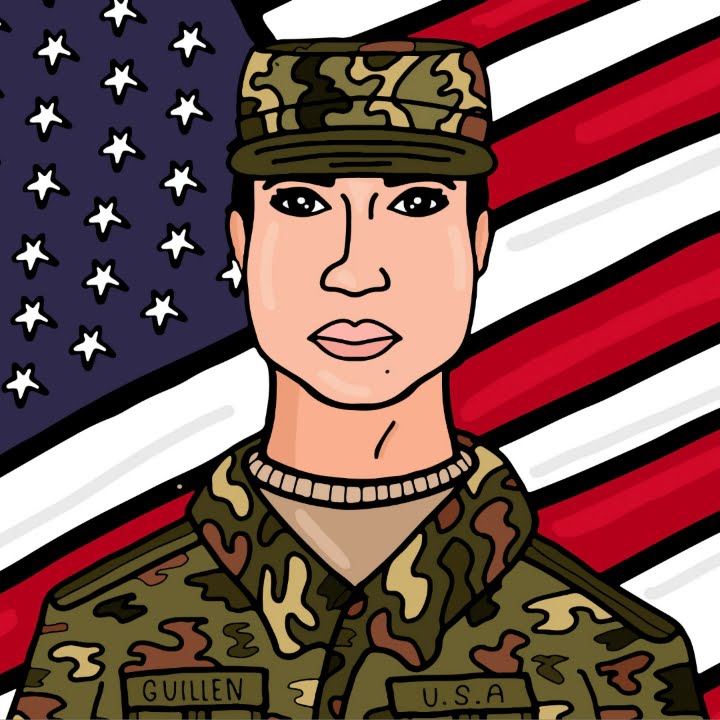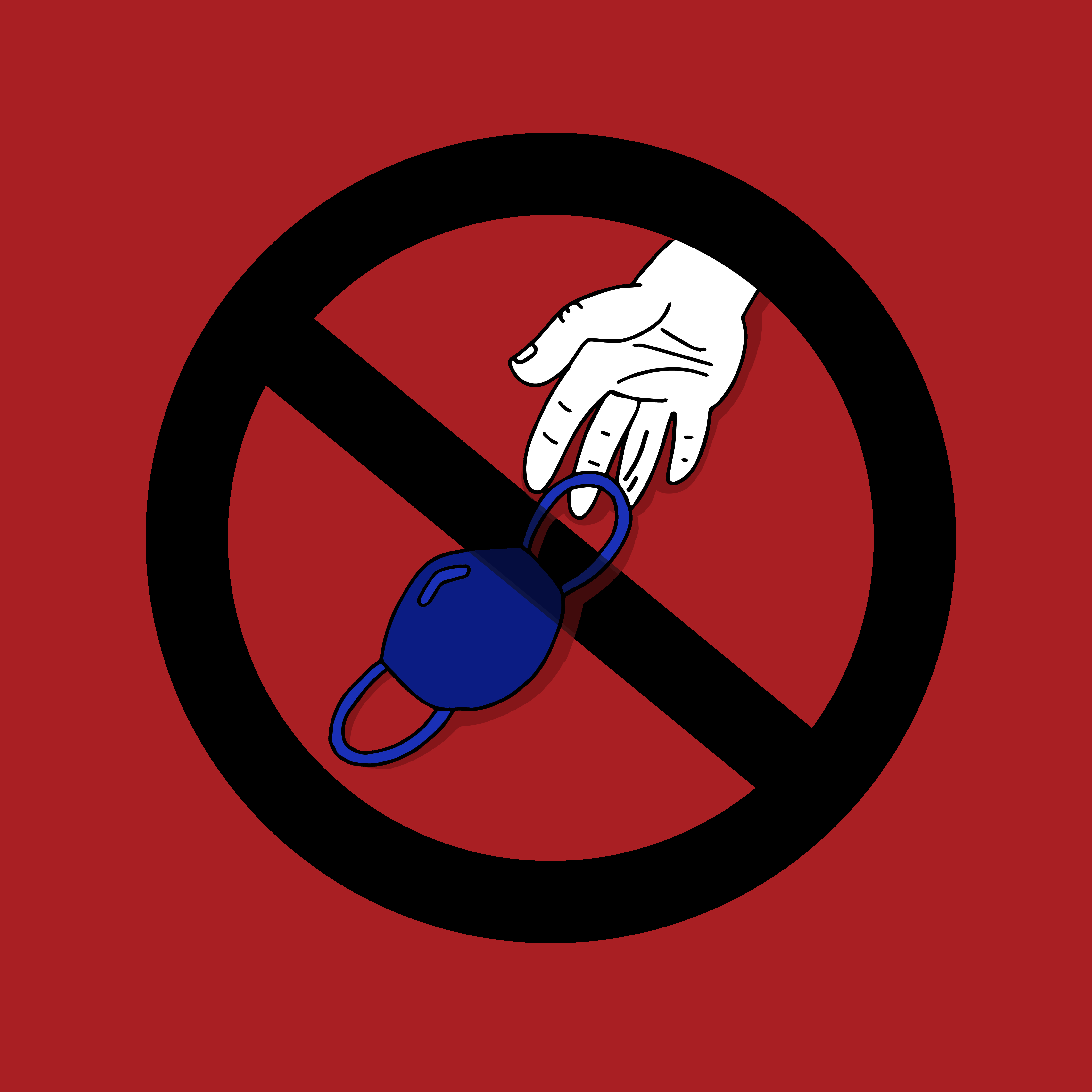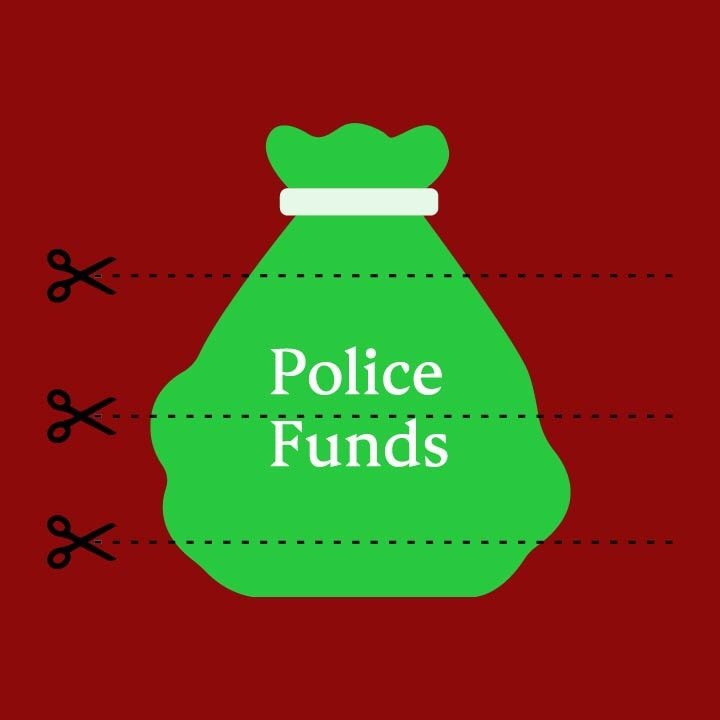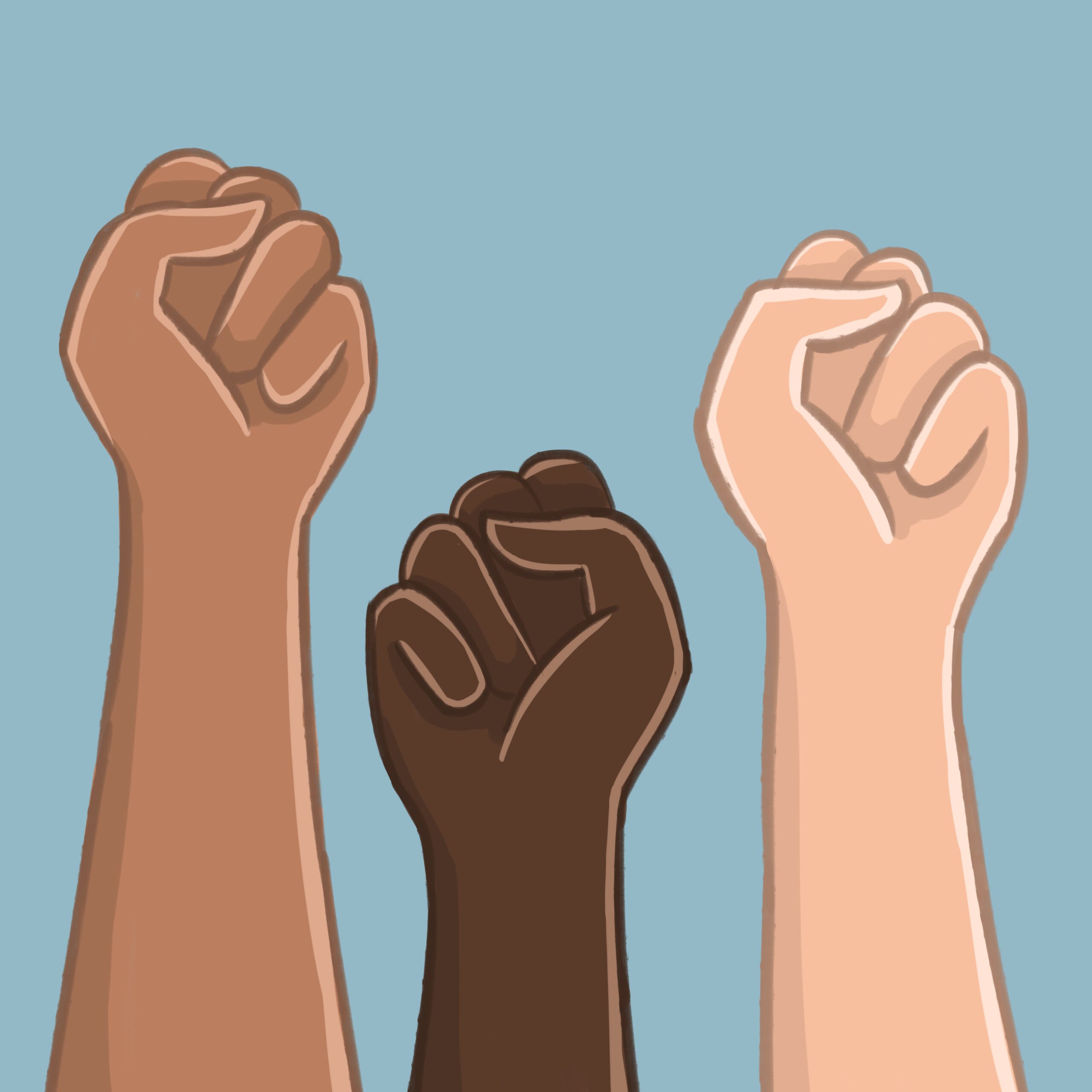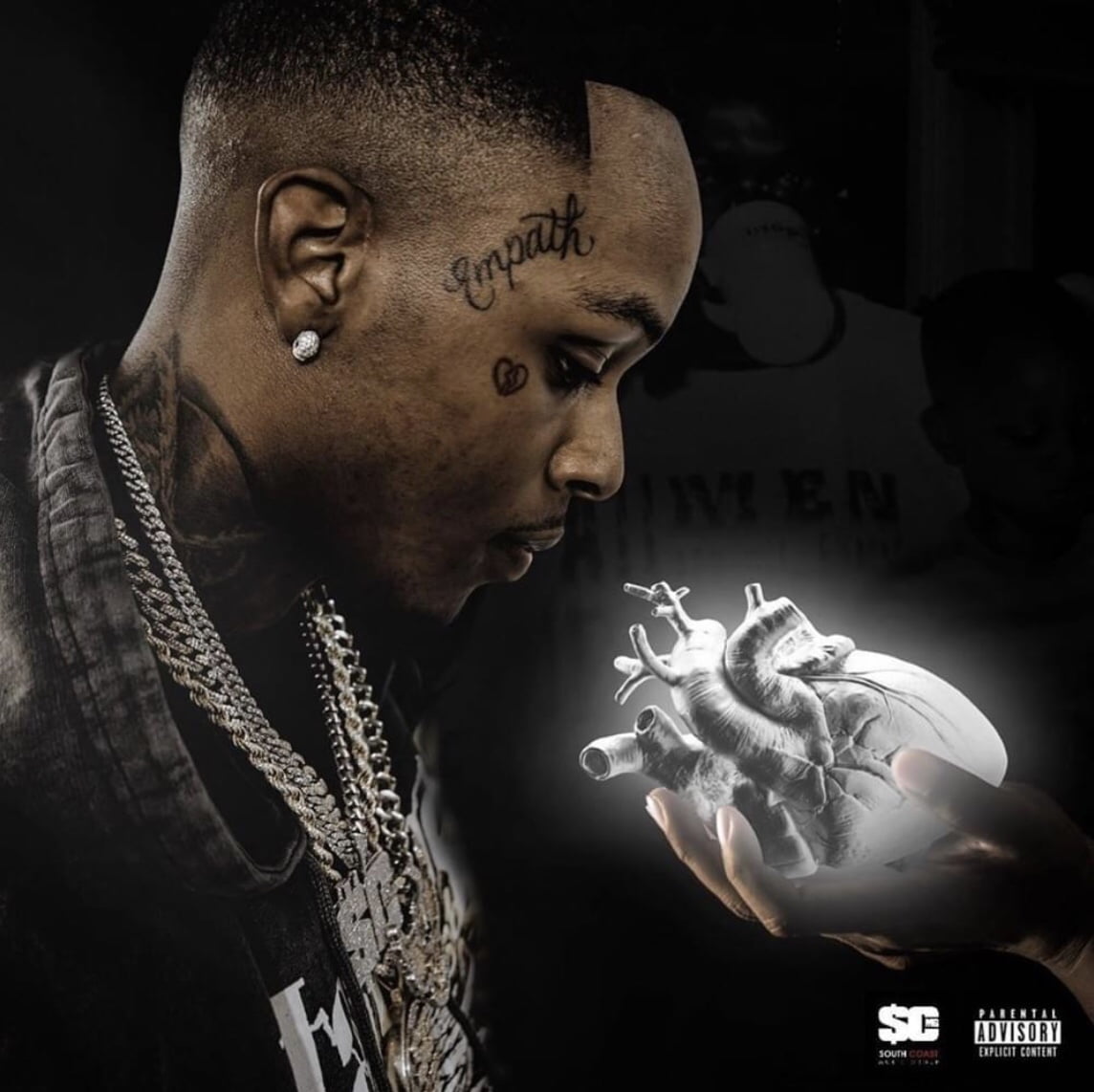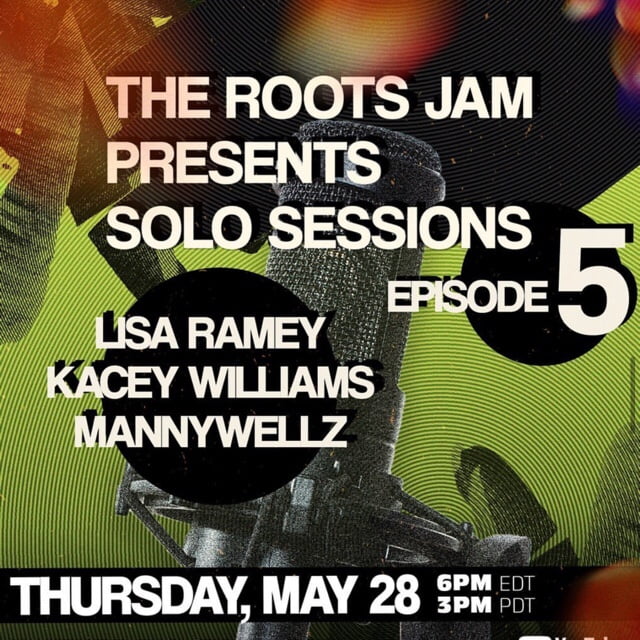By Emmet McGeown “How can this happen on a military base? How can this happen while she was on duty? How can this just happen and then let it go under the rug like it was nothing?” These were the words of Mayra Guillen, sister of Pfc. Vanessa Guillen, who has been missing for months […]
